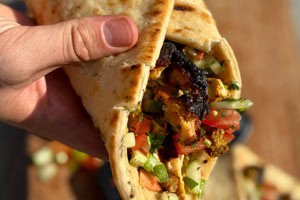Rotisserie-cooked chicken shawarma, coated in a punchy yoghurt marinade. Pile into flatbreads with salad
How To Buy Meat From Your Local Butcher
There are a whole host of benefits to buying your meat from your butcher. From the importance of supporting local independents and the need to make more sustainable food choices, to enjoying tastier meat and ensuring higher welfare for the animals. But buying meat from a butcher can seem a little intimidating when you’re used to picking up packets off the shelves, and it can feel as if you might not understand all of the terminology or know quite what to ask for.
With over 18 years experience working as a chef in different restaurants and gastro pubs, Simon May knows how to talk to a butcher. So we grilled him about what questions we can ask in order to source the right meat for us, as well as some temperature tips to ensure we make the most of our meat once we get it home.
If you haven’t already, check out our interviews with Simon on how to shop for beef, poultry and pork.
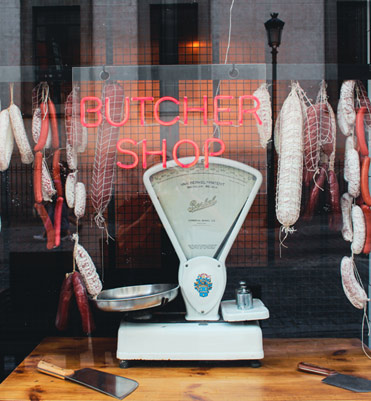
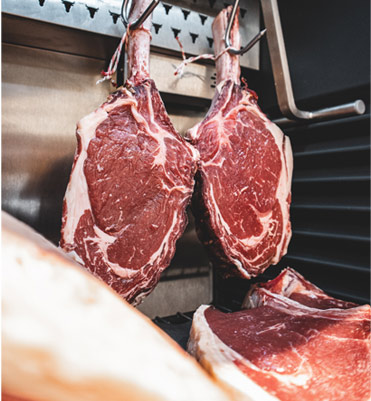
Advantages of sourcing meat from a butcher?
There are so many advantages when sourcing meat from your local butcher. A butcher has trained for many years and will have a wealth of knowledge regarding the produce you are purchasing: from the cut of the meat to how long to cook it for or to what temperature. I also feel when you buy and support local it’s more of a personal experience from start to finish. Also a massive factor when buying from your butcher is the quality of produce.
Things to consider when buying the right meat?
Always ask your butcher, don’t be intimidated by the vast selection of meats and different cuts they have to offer. Take your time and ask where the meat is from and if they know how the animal has been reared. You can also ask how long the meat has been hung for, and depending on what meat you are choosing and what recipe you are making I would also ask if they can recommend the best way to cook it to get the best taste and texture.
How can I tell if my meat is fresh?
The texture and smell of the meat is always a good indicator to the freshness of the product.
Does price play a role in quality?
Price doesn’t always mean quality but be prepared to pay slightly more from your butcher, they would have sourced the meat locally at its freshest and more humanely.
Recommendations for nose to tail eating?
Personally I have always tried to use every part of the animal, whether it’s the prime cuts like fillet, sirloin and ribeye, or the slower cooking cuts such as shin, belly and cheeks. I also use the bones for stocks and the excess fat to render down to make beautiful roast potatoes (who doesn’t love a crispy roastie!) I also like to tie my own Sunday roast joints, like boned and rolled leg of venison, topside of beef or porchetta which is a pork belly and loin rolled together to give you crackling all the way round your pork joint.
Tips for freezing and thawing raw meat?
When it comes to freezing meat, I personally use a vacuum packing machine, but understand not everybody has one of these. Make sure the product you are freezing is chilled before freezing, then store in an airtight container or zip bag. When it comes to thawing your meat, always plan ahead. The best way is to get your meat from the freezer and place it in the fridge to thaw naturally, so the risk of bacteria growth is limited.
How does cooking meat to temperature instead of time improve quality?
A lot of people will cook meat to a time scale, but depending on the cut, thickness and age of the meat it isn’t always as simple as that. I would always ask my butcher what is the best method, time and temperature to cook the meat I have purchased. However, I find using a Thermapen is always the best solution, as it allows me to have a quick, accurate temperature that lets me know where I’m at when cooking my meat.
"I use Thermapens on a daily basis, whether it be at home or at work. It's a really resourceful and necessary piece of equipment to make sure you get the best from your produce."
Related posts
 Mike Tomkins’ Rib of Beef with Potato Terrine Chips & Charred Hispi Cabbage
Mike Tomkins’ Rib of Beef with Potato Terrine Chips & Charred Hispi Cabbage
 Roast topside of beef with Yorkshire puddings
Roast topside of beef with Yorkshire puddings
 Mike Tomkins’ Hunter’s Chicken
Mike Tomkins’ Hunter’s Chicken
 Mike Tomkins' Jerk Chicken Supreme
Mike Tomkins' Jerk Chicken Supreme
 Kenny Tutt's Roast Goose with Mulled Plums
Kenny Tutt's Roast Goose with Mulled Plums
Search
Categories
- Baking (35)
- BBQ (85)
- Autumn (14)
- Cheap Eats (9)
- Sweet Treats (38)
- Tips, Advice & Info (78)
- Christmas (36)
- Drinks (2)
- Thermapen Father's Day Recipes (18)
- Team Temperature (28)
- Date Night (37)
- Celebrations (20)
- Family & Kids (10)
- Fish (21)
- Low & Slow (12)
- Meat (143) click
-
Chefs (131)
click
- Kenny Tutt (16)
- Richard Holden (16)
- Barbechoo (7)
- Only Slaggin (1)
- SoSaSe Chocolat (1)
- Genevieve Taylor (5)
- Becky Excell (2)
- Charlotte Stirling-Reed (3)
- The Smokin Elk (13)
- Marcus Bawdon (2)
- Thermapen Chef (25)
- Edd Kimber (2)
- Humble Plates (7)
- Simon May (4)
- The Hedgecombers (3)
- Billy & Jack (4)
- Perfectly Preserved (3)
- Mike Tomkins (20)
- DJ BBQ (2)
- Nick Nairn (4)
- Air Fryer (9)
- RFX (6)
Latest recipes
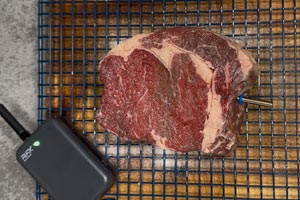
Ribeye is an amazing, flavour-packed cut of beef. Learn how to cook ribeye steak medium rare using the reverse sear...
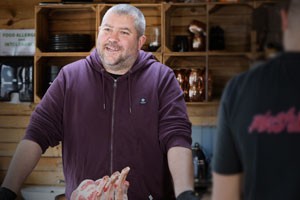
Elky Whittaker, aka The Smokin’ Elk, began barbecuing as a hobby 10 years ago. Today, he has 262k Instagram followers...
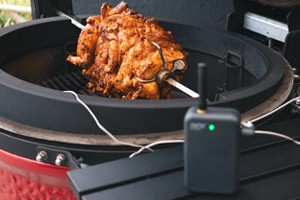
Juicy BBQ chicken shawarma recipe with homemade flatbreads and garlic sauce.
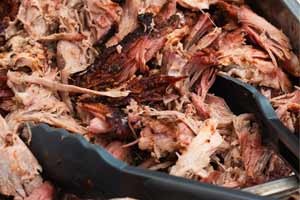
Tender pulled pork cooked on the BBQ, piled into soft brioche buns with creamy homemade coleslaw.
Archive
Popular Recipes
